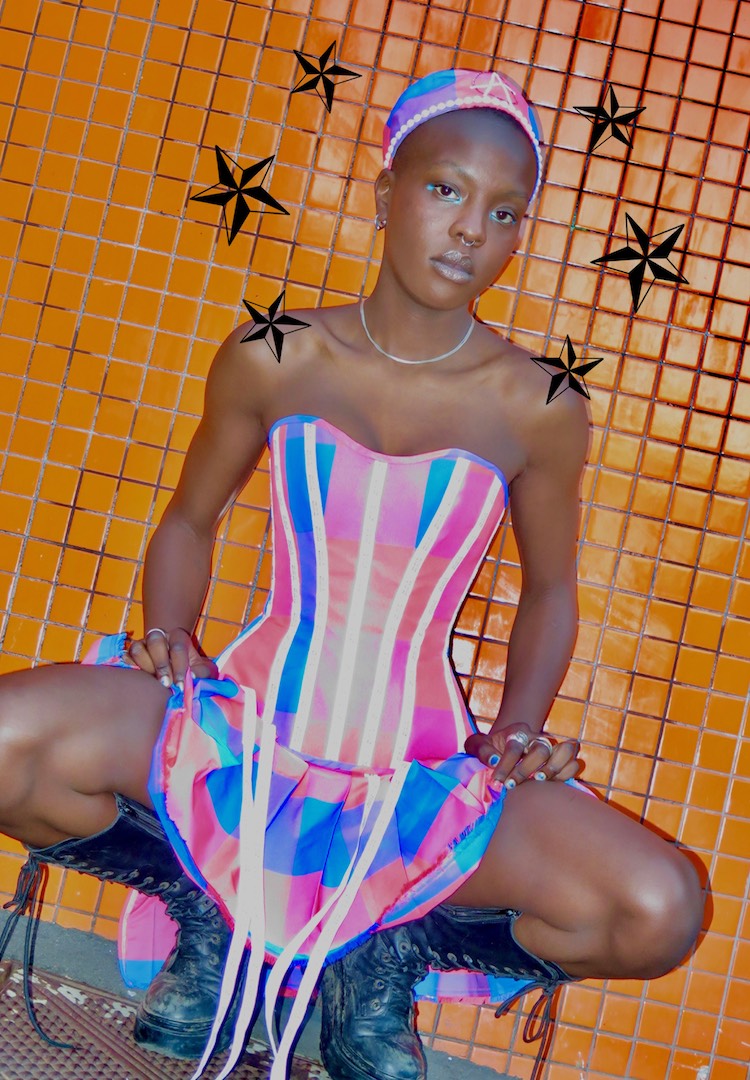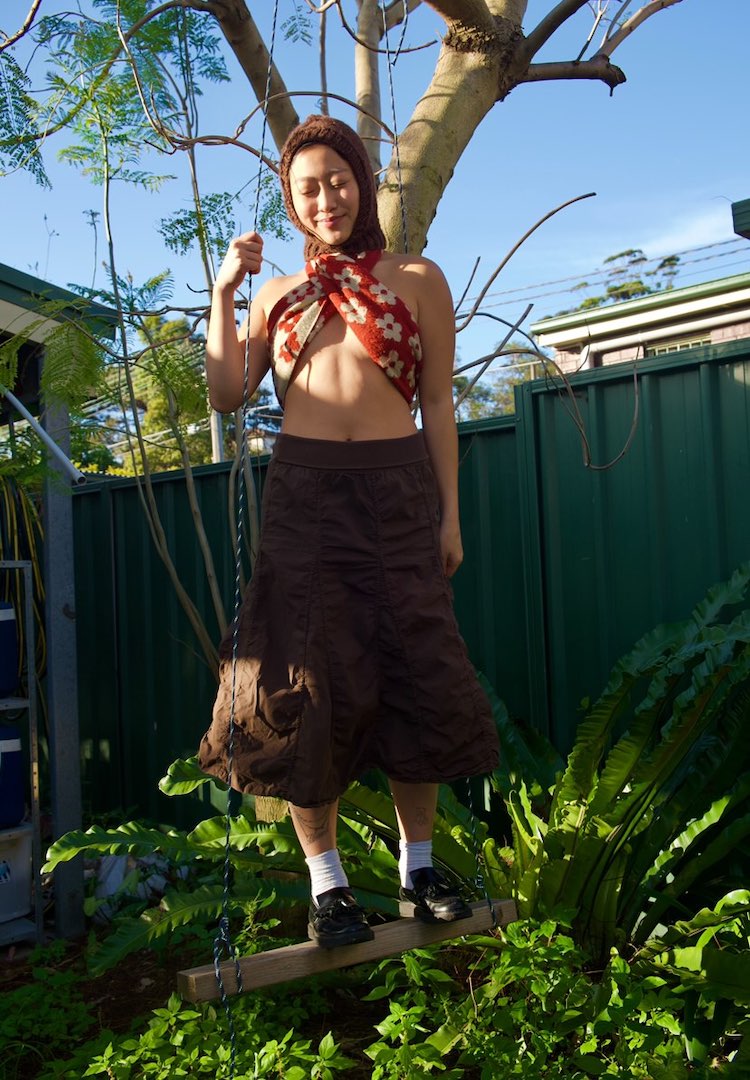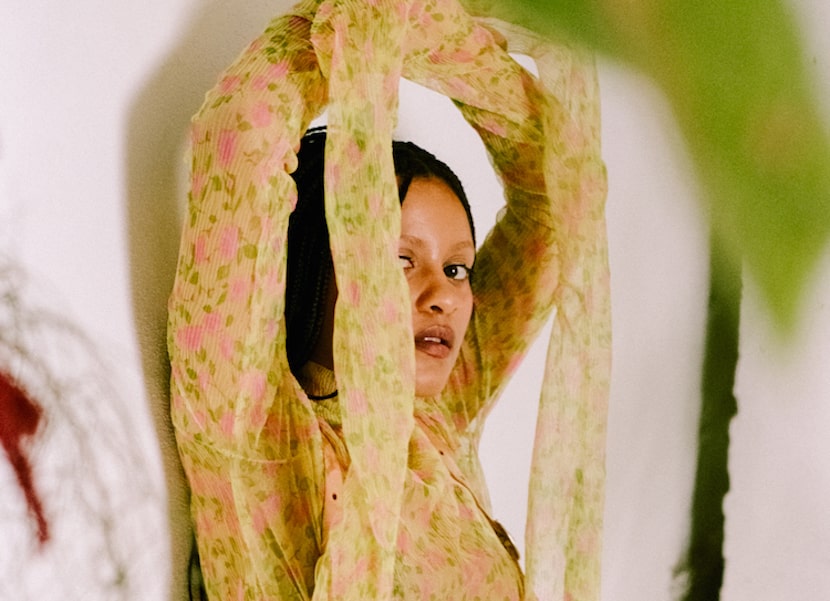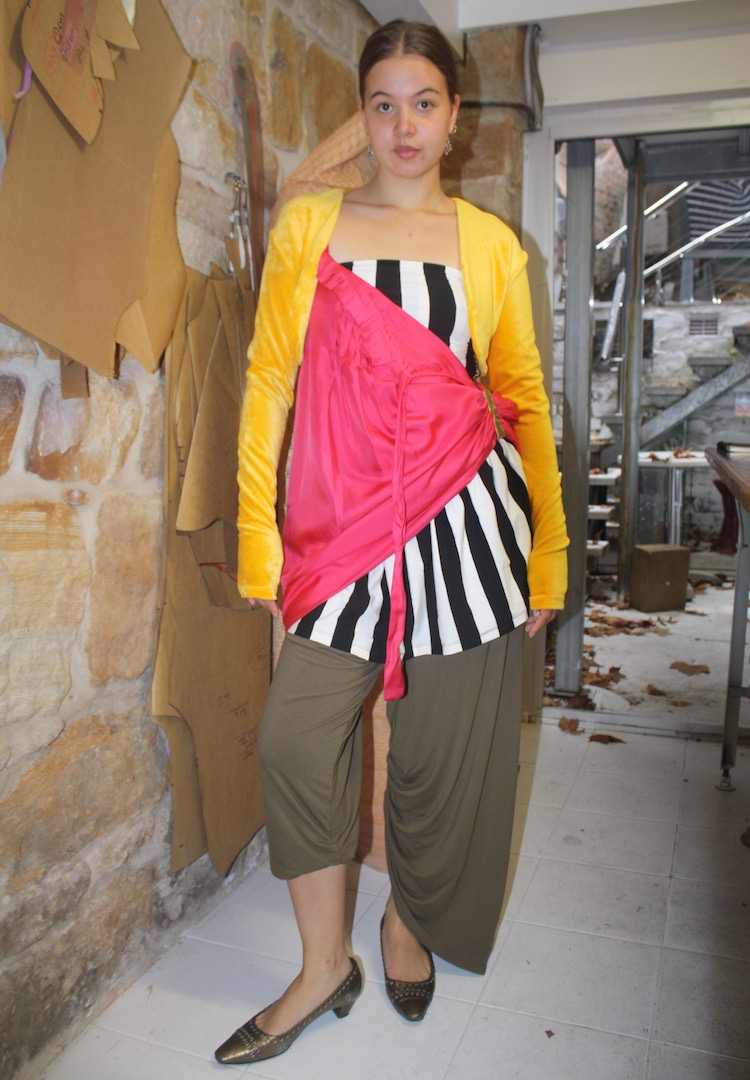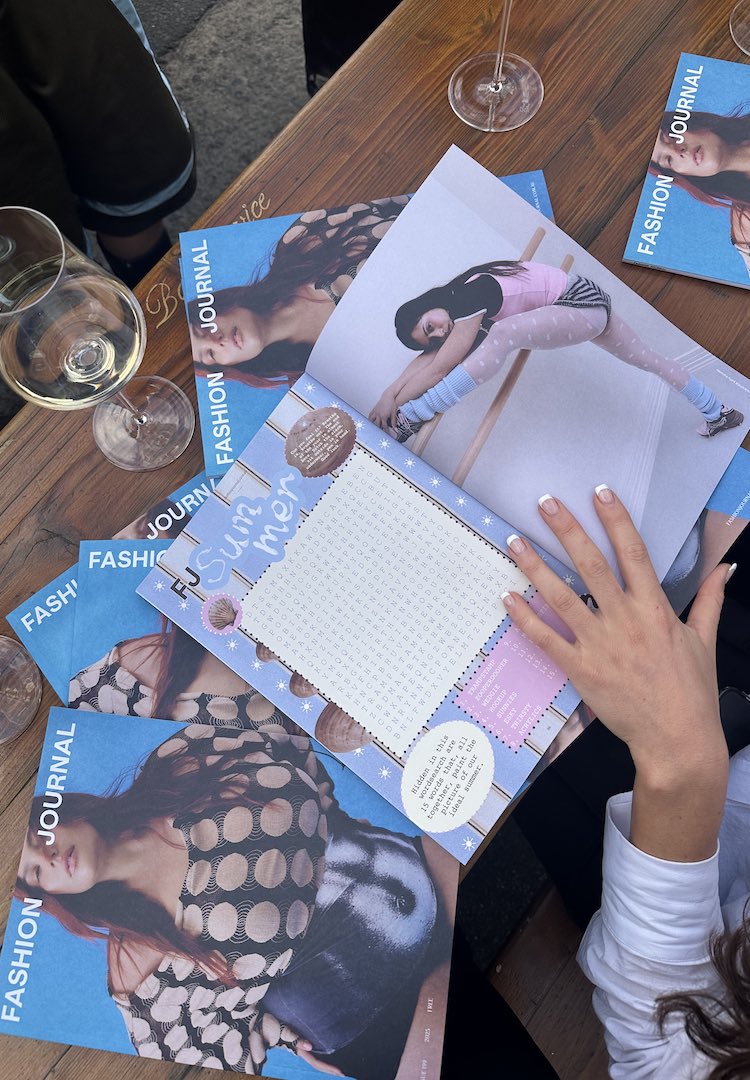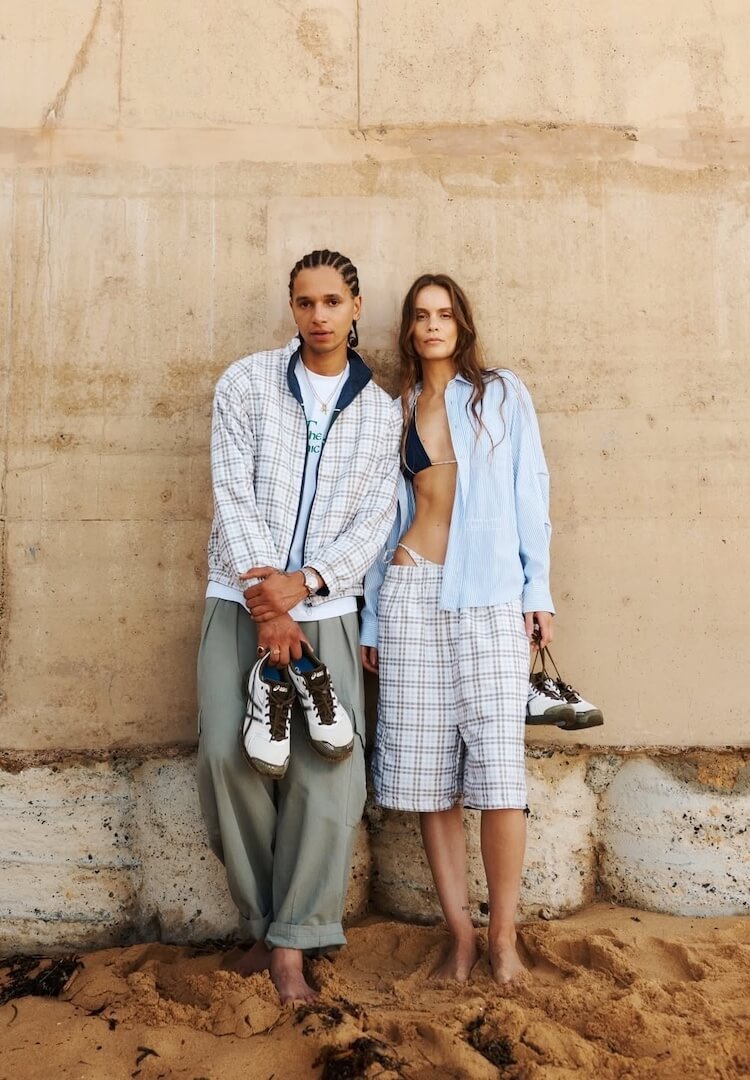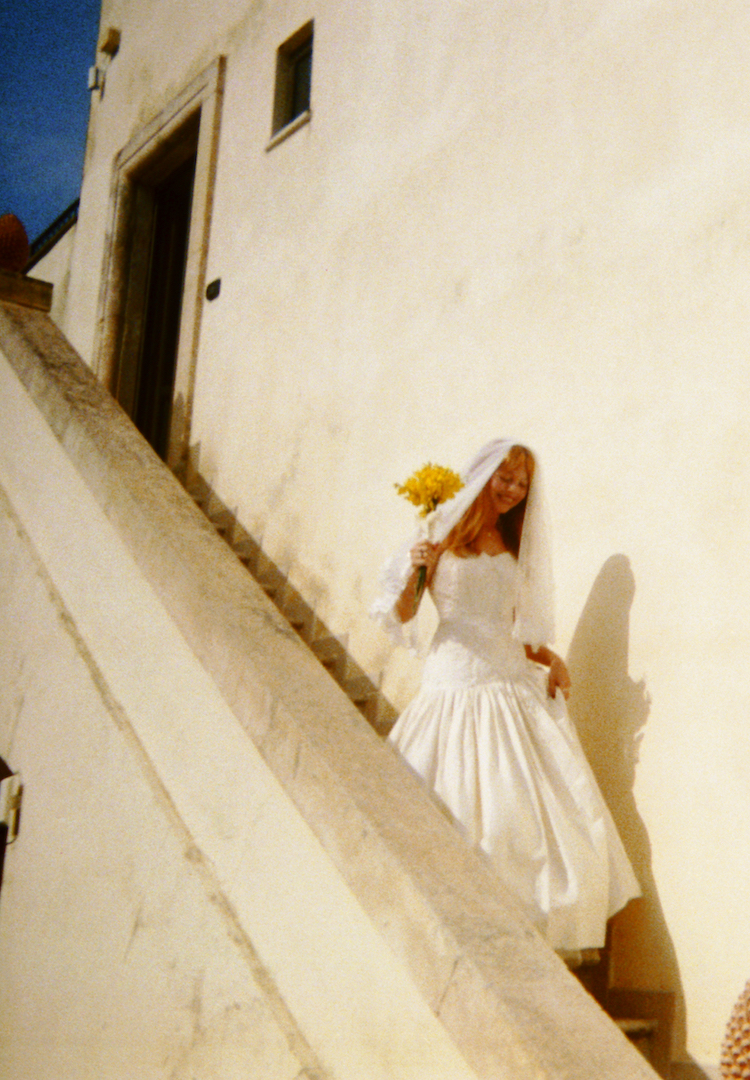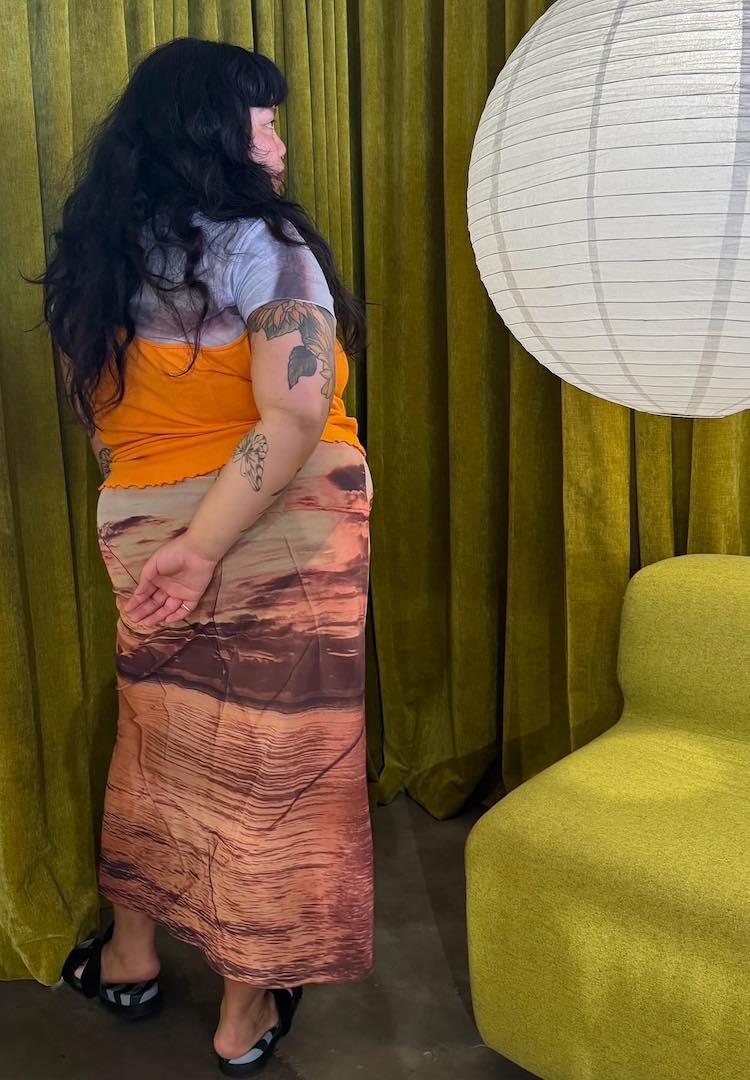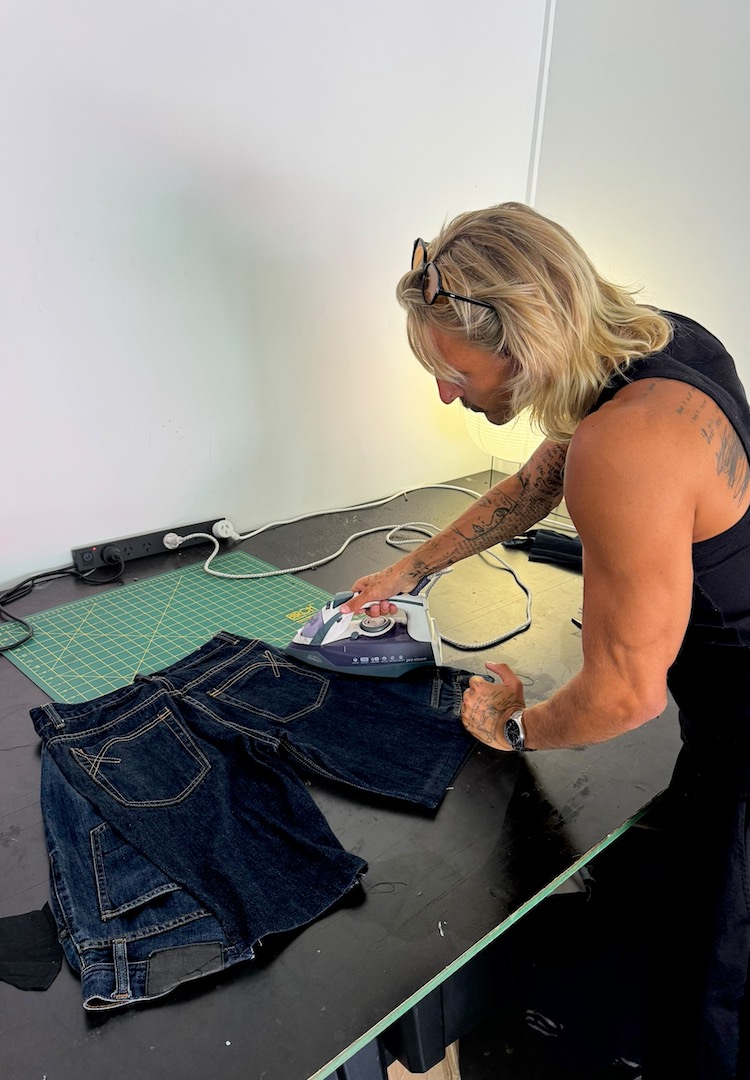How is vintage clothing priced?
PHOTOGRAPHY BY HAIDEE LORENZ
WORDS BY SERAPHINA NICHOLLS
Inside the preloved economy.
I routinely spend too much money on vintage clothing. While I try to be savvy (I’m a student and like most, I’ve bills to pay) I get caught up in the chase trying to find one-off pieces. I don’t really help myself either.
Like my fellow Gen Z fashion fiends, I find a Depop scroll meditative and I’ll scour the racks at consignment stores hoping to find the next ‘it’ piece nobody else has. ‘It’s a one-of-a-kind’, I tell myself, tapping my card like I’m someone who has a money tree in their backyard.
For more fashion news, shoots, articles and features, head to our Fashion section.
For me, buying vintage fashion feels thoughtful in the era of fast fashion. But its recent surge in demand reminds us it’s still a part of the consumer-driven marketplace – proven by the fact that vintage clothing revenue will likely eclipse fast fashion by a modest $44 billion in 2030. The most fascinating part about this figure? In the vintage marketplace, almost anything goes.
Prices are unregulated, set by people who range from your average Depop rookie to lifetime archive collectors. Everything is relative and subjective. In other words, it’s the fashion wild west out there.
View this post on Instagram
It’s easy to forget there are real people and real reasons behind why vintage clothing is priced the way it is. To learn more about the pricing process, I spoke with Clare Ferra, owner of the vintage designer store Irvrsbl, and Julian Bettoli, the Head of Content at secondhand consignment store Goodbyes.
What’s behind the pricing of vintage designer clothing?
Generally, a garment’s price is calculated through a mixture of research, condition and knowledge about the seller’s client base. As Clare says, it’s about the prices “we can find [items] for” balanced with “what someone’s willing to pay”. In basic economic terms, this means supply and demand.
Typically, stores will source clothing from resale platforms, which are then sold to customers at nominally higher prices. While customers are paying more for the piece, they benefit from the store’s curatorial eye as well as their ability to source hard-to-find items.
What about secondhand and consignment clothing?
View this post on Instagram
The process of pricing secondhand items is slightly different. At Goodbyes, their members (i.e. clothing donors) bring in their unwanted clothing, which is then sorted through by staff. Clothing is picked based on wearability, condition and season – essentially anything “that can offer a really good second life,” as Julian puts it. Once a garment is sold, the member and Goodbyes both receive a cut.
“Our main priority is finding the best price for our members,” Julian explains. Like Irvsbl, Goodbyes follows a similar pricing formula based on condition, brand and estimated resale value.
Goodbyes has an intranet that tracks the prices of all sold items, combined with the staff’s personal knowledge. There’s always a human element involved in pricing, which helps stores refine price tags to meet the needs and expectations of shoppers.
How has the trend cycle impacted the pricing of vintage clothing?
View this post on Instagram
Julian remembers when he started at Goodbyes, “there was still a little bit of stigma attached [to buying] secondhand”. But these days, the return of nostalgic trends like indie sleaze and Y2K have made preloved clothing desirable. Vintage fashion has well and truly entered the mainstream, with the help of celebrities like Bella Hadid, Olivia Rodrigo and Dua Lipa.
But for a market based around scarcity, surging demand has also meant surging prices. Clare recalls “years ago I was able to find Dior Saddle Bags for under $100, now it’s just impossible”. Major fashion houses are releasing re-editions of past ‘cult’ vintage pieces, driving prices up.
Both Clare and Julian say Fendi Baguettes and Balenciaga City Bags are some of the most in-demand items sold in their stores today. As luxury brands control the retail prices of the re-editions, it’s harder for the original to maintain its affordable price point compared to the more expensive models.
Is buying vintage still affordable for young people?
While this paints a pretty grim picture for my fellow penny-pinchers, buying secondhand or vintage can still be affordable. Julian and Clare both note their client bases have become decisively younger, who (unsurprisingly) have less disposable income. And this is a good thing.
View this post on Instagram
“[They’re looking for] really one-of-a-kind pieces you can’t find in most stores,” Julian says. As a broke-but-trend-setting generation, Gen Z has strong buying power in the secondhand clothing market – and can use this influence to control pricing decisions. If the piece is exorbitantly expensive, it’s likely younger buyers will just look elsewhere.
For more on buying vintage, head here.

